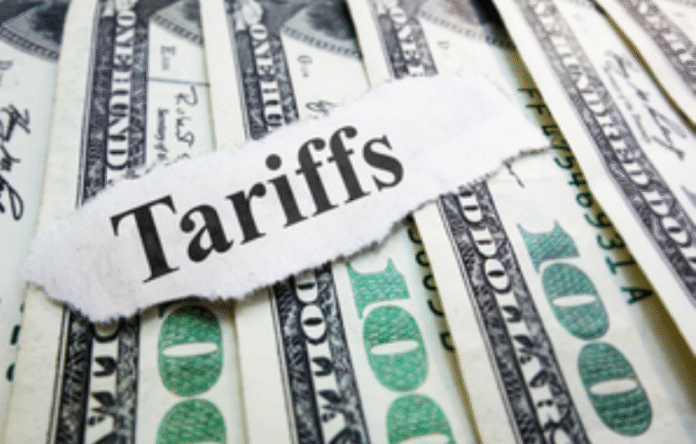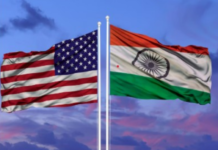NEW DELHI– President Donald Trump’s decision to impose a 25 percent tariff—along with additional penalties—on Indian imports starting August 1 has drawn mixed reactions from industry leaders in India. While the move has stirred concern, some executives believe it may ultimately position India for long-term gains as global trade dynamics shift.
Hemant Jain, President of the PHD Chamber of Commerce and Industry (PHDCCI), said the latest tariffs are part of a broader realignment in global supply chains. With the U.S. also targeting other major exporters like China, Vietnam, and Bangladesh, Jain believes India now has a window to emerge as a more central player in global trade.
“Yes, Indian MSMEs will likely feel short-term pressure,” Jain acknowledged. “But this is also a strategic opportunity. Global buyers are actively looking to diversify away from concentrated markets, and India offers a scalable, democratic, and reliable alternative.”
Jain highlighted India’s strong demographic foundation, tech-driven capabilities, and deep pool of entrepreneurs as key advantages. He urged domestic industries to double down on quality, regulatory standards, and cost competitiveness.
“If we step up now, we can build long-term trust with global partners and secure a larger share of international trade,” he said. “This moment can be a springboard—not a setback.”
Others, however, expressed caution. Kirit Bhansali, Chairman of the Gem and Jewellery Export Promotion Council (GJEPC), appealed for diplomatic restraint and renewed engagement between New Delhi and Washington.
“We urge the U.S. administration to reconsider this decision,” Bhansali said. “We call on both governments to engage in meaningful dialogue to protect bilateral trade and the millions of livelihoods it supports on both sides.”
Analysts noted that despite current tensions, India’s recent successes in securing major trade agreements—such as its free trade pact with the United Kingdom—demonstrate the country’s growing strength as a global economic player.
Trump’s announcement, delivered via his platform Truth Social, came after months of negotiations between U.S. and Indian trade officials failed to yield even a limited deal. The president justified the move by accusing India of maintaining excessively high tariffs and burdensome non-monetary barriers.
“While India is our friend, we’ve done relatively little business with them over the years because their tariffs are far too high—some of the highest in the world,” Trump wrote. “They also impose the most strenuous and obnoxious trade barriers anywhere.”
In addition to the 25 percent tariff, Trump warned that India would face further penalties for its continued purchases of Russian energy and military hardware—an issue he has tied to his broader foreign policy pressure campaign against Moscow.
The president also pointed to the U.S. trade deficit with India as a driving factor behind his decision.
With the new tariffs set to take effect August 1 and no interim agreement in place, industry leaders and trade experts alike will be watching closely to see whether economic pressures lead to renewed talks—or further escalation. (Source: IANS)












